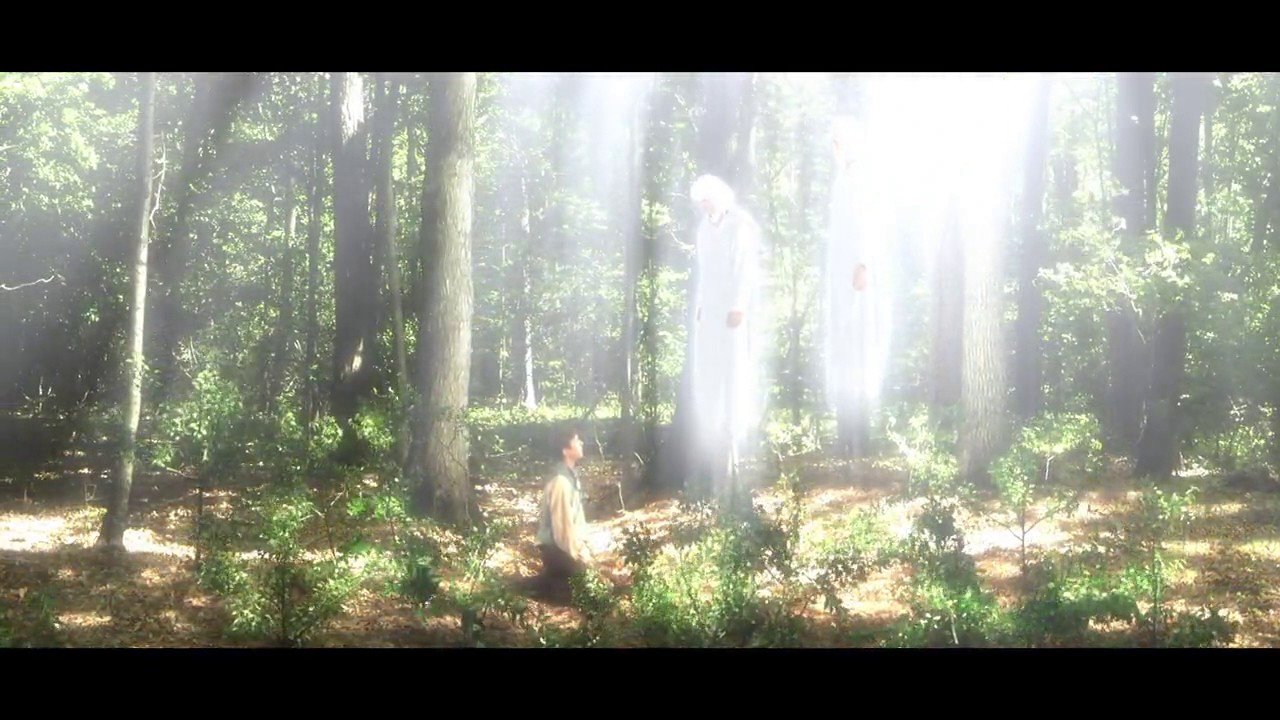This is my response to a recent video produced by the LDS Church on the nature of God. My reinterpretation moves away from the supernatural dualistic interpretation, towards a more immanent nondualistic interpretation of the Divine.
Tag: gods
Is God a Male Human, or Two Males, or maybe Three? Do I hear Four? Or is it More?
Thinking of God as a male human(s) out in the universe somewhere seems to be a primitive, magical, supernatural, and archaic conception of the Divine, literalizing the pronouns of "He" and "Him," and in the Christian tradition of "Father" and "Son." I've written about this specifically at least once before, but it's worth discussing more.
What does it mean to be “a god”?
There are stories, legends, mythologies, folklore, traditions, histories, scriptures, and texts from all around the world which tell us of humans who have reached the stature of the gods. They have, in essence, become "a god." Some recognizable examples are people such as Jesus, Siddhartha Gautama (Buddha), and Muhammad. The process that these went through has been called theosis, deification, divinization, realization, awakening, and enlightenment. What does it mean to become or be "a god"?
Is there a better word for “God”?
The word "God" can be off-putting to many today. It seems to be laden with baggage of what many throughout history thought was God but what we have discovered is not probable. The idea of a supernatural deity, often a man with a long white beard, living out in the cosmos somewhere, is not possible to many modern minds.
The Godhead in the Light of Evolution
How should we regard the Godhead, or the Trinity as many Christians call it, taking into consideration biological evolution, particularly human evolution, and other modern science?
Acts 17:16-34 BHT, Paul’s Areopagus Sermon about the Nature of God
An addition to the BHT, which is the Apostle Paul's sermon at the Areopagus, or high court at Mars Hill, about the nature of God.
Didn’t the First Vision Reveal the True Nature of God?
A kind reader reached out to me and asked me to elaborate how my writings about the nature of God work with Joseph Smith's First Vision, since it seems that his vision was meant to "clear up the confusion" surrounding the nature of God, the prevailing idea that God "was not made with body, parts or passions." Wasn't "the point" of his vision to "define for the world who/what God was"?
Groundhog Day’s “I’m a god”
I started my talk yesterday at the Mormon Transhumanist Association Conference with this clip from Groundhog Day.
The Mystical Core of Mormonism: A Very Brief Introduction
The experience and concept known as mysticism and its practitioners, mystics, are largely unknown today in The Church of Jesus Christ of Latter-day Saints. What are these, and what relationship might they have with the Gospel and the Restoration, particularly with Joseph Smith and his First Vision? The case is made that they are vital to our communion with God, and our ultimate goal of returning to God. Many perspectives and concepts are discussed including personal experience, neuroscience, psychology, transhumanism, computer science, philosophy, popular culture, history of religions, psychology of religion, and contemplative practices, offering tentative associations and insights with Mormon concepts of spiritual experience, atonement, salvation, exaltation, the Second Comforter, calling and election, and theosis or divinization, becoming like God.








